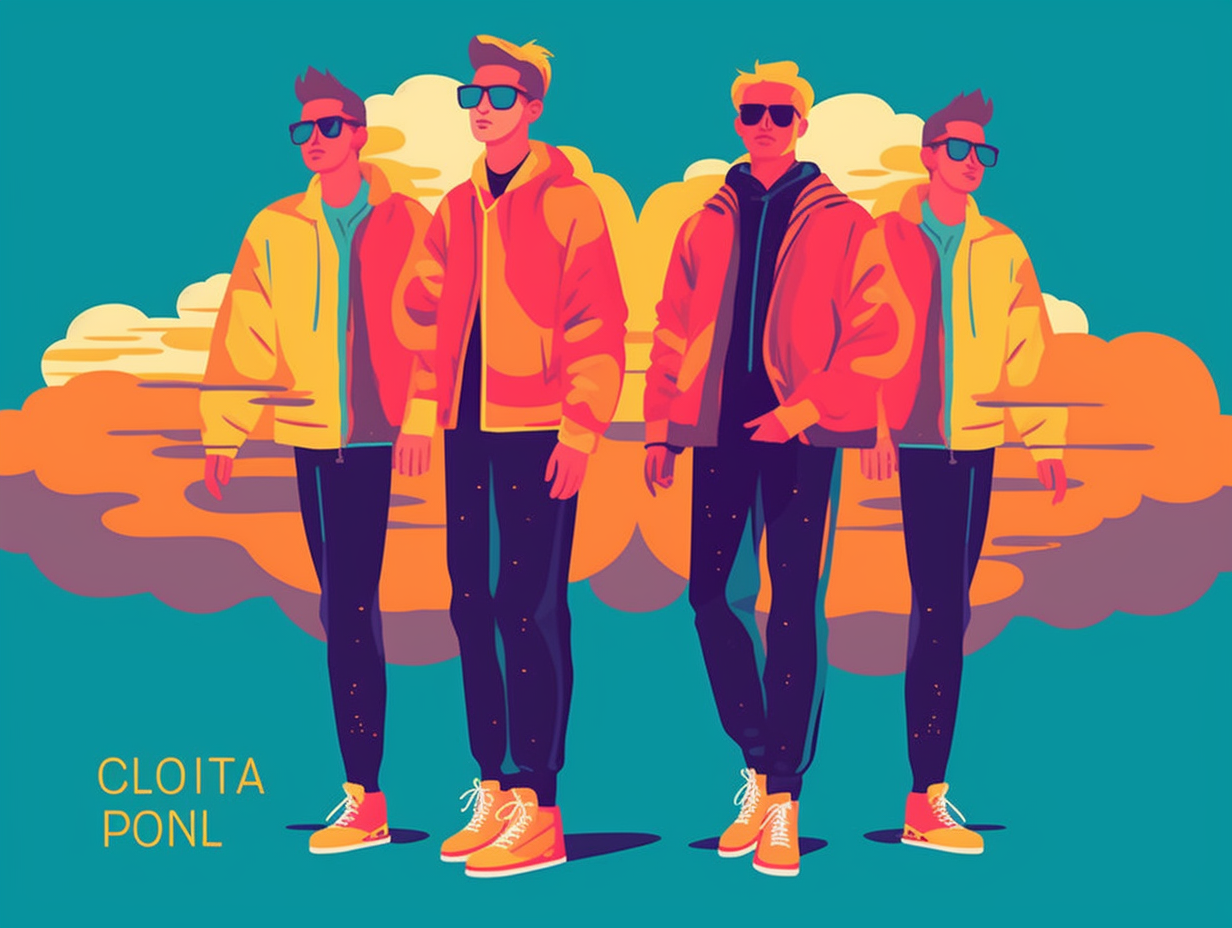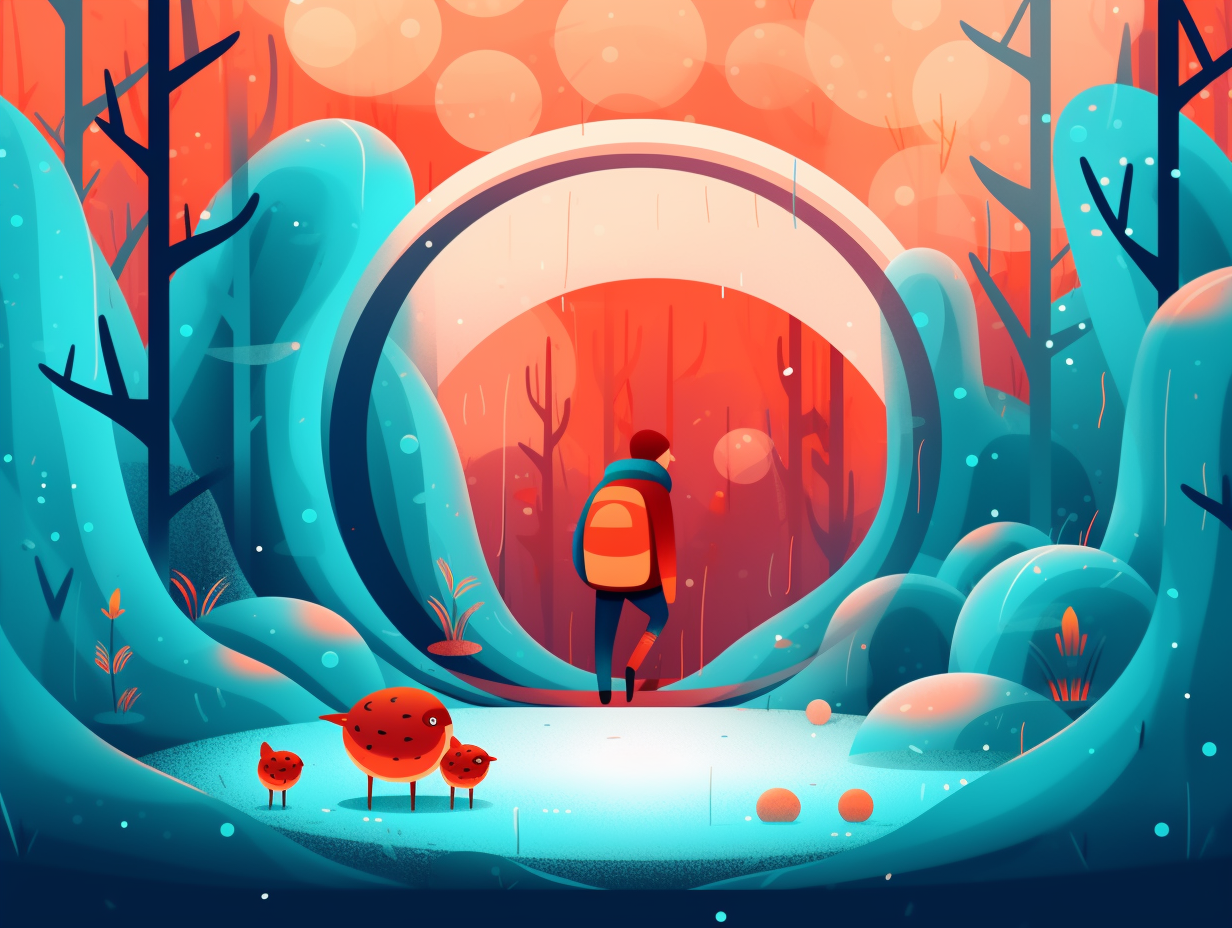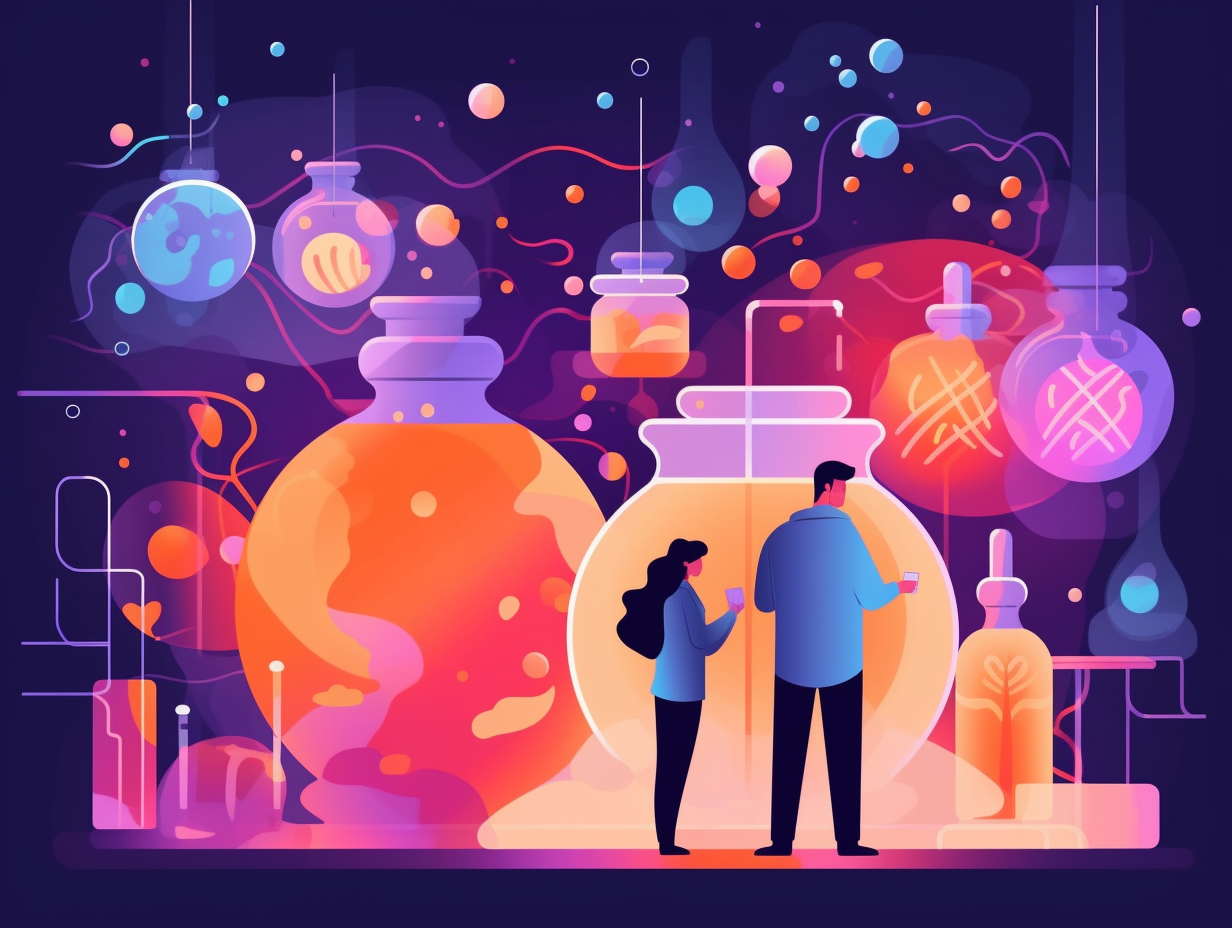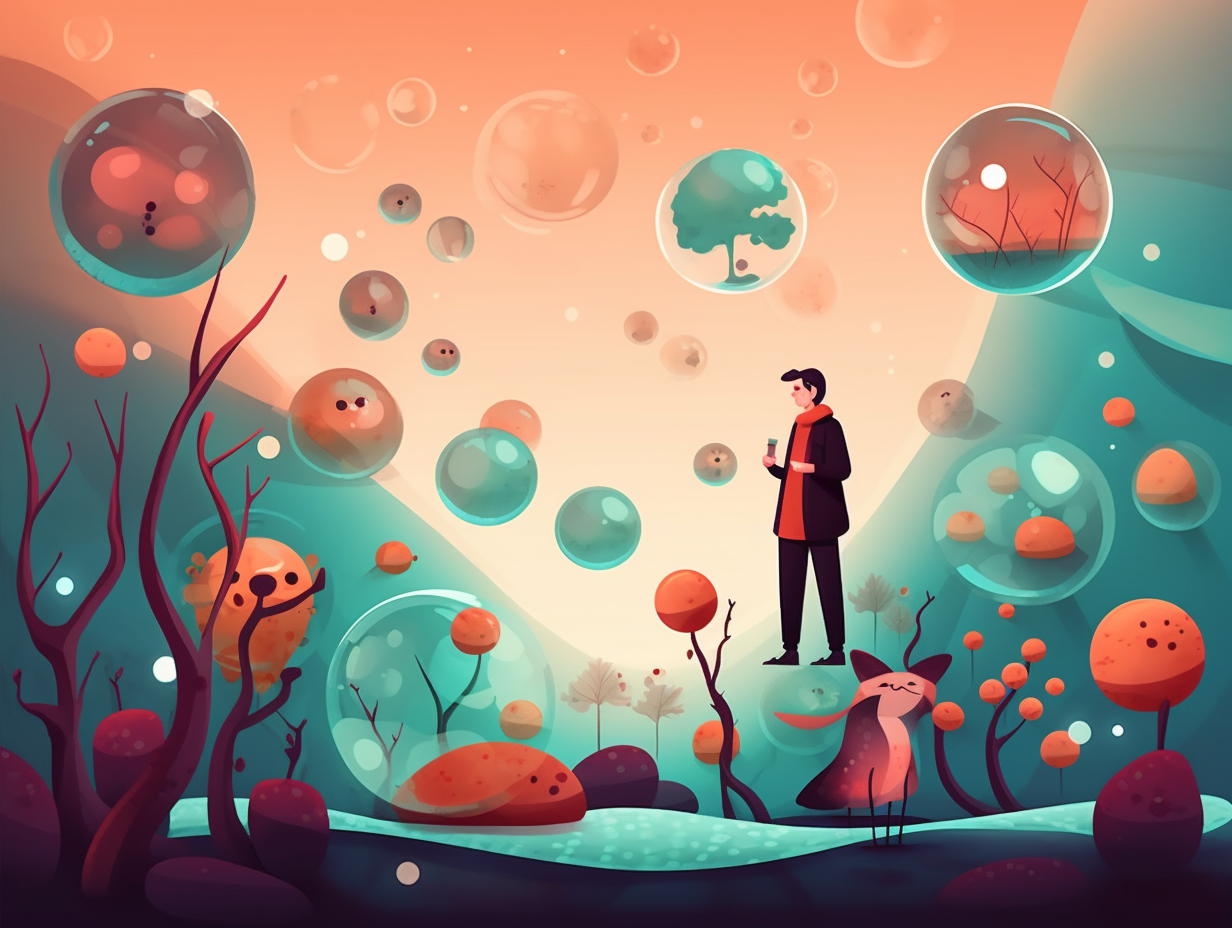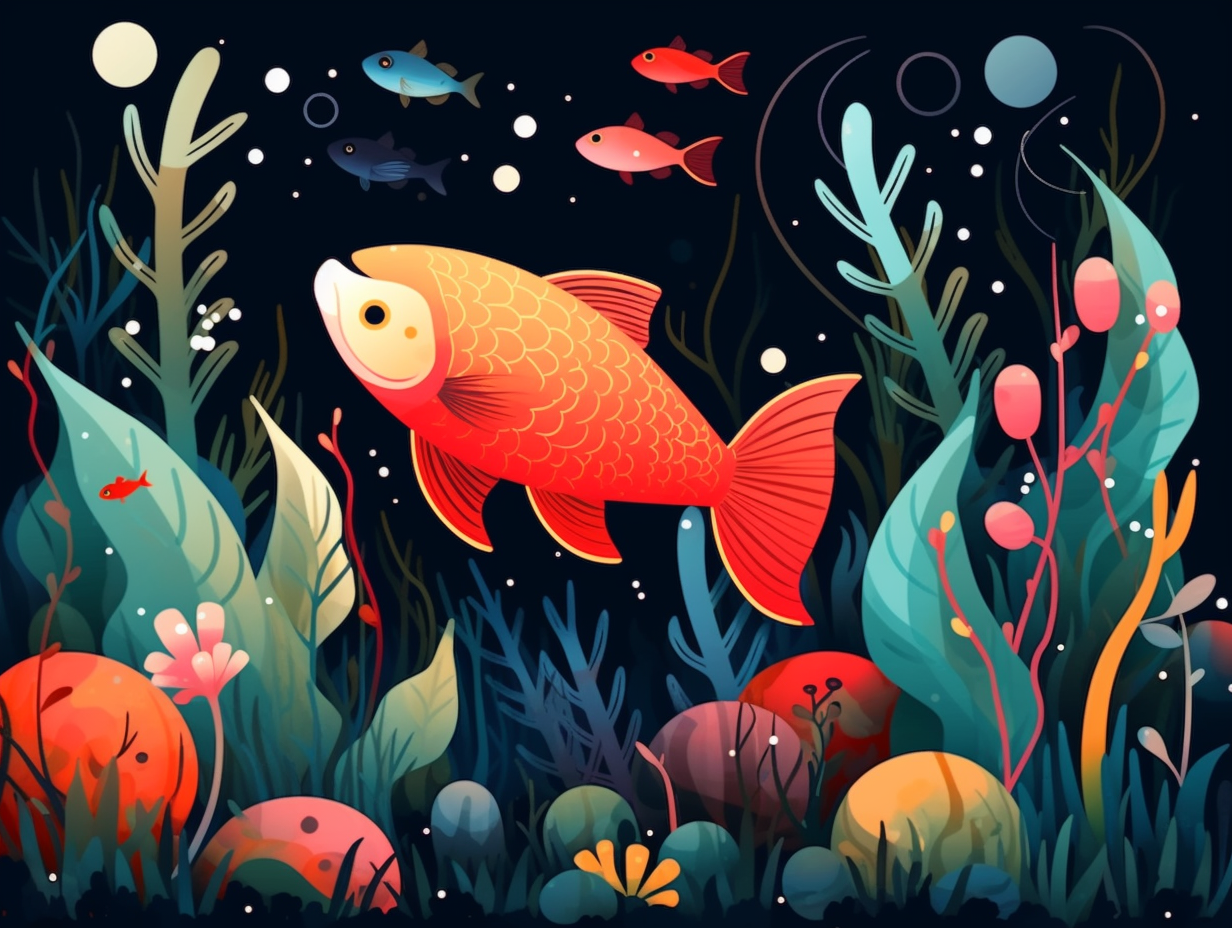Unlock the Secrets: Top 9 Unbelievable Fun Facts About Genetic Engineering

1. Cloning: Not Just Kitty Xerox
You know how they say "cloning's just like xeroxing your favorite kitty"? Well, they couldn't be more off the mark: While clones are genetically identical, their physical appearances can still differ due to environmental factors, like Cc the cloned cat who sported a different coat color than her mother – thanks, of course, to a nifty little thing called X chromosome inactivation.
Source => genome.gov
2. Blooming Blue Roses
Feeling blue has never been so rosy: Scientists have crafted the world's first true blue rose by injecting bacterial enzymes into white rose petals, causing them to produce the pigment indigoidine. Earlier attempts in 2004 by Suntory Global Innovation Center delivered a lilac or mauve shade, but the latest research reported in ACS Synthetic Biology journal boasts a genuine blue hue. Researchers now aim to enable the rose to produce the enzymes naturally, pushing us closer to a future filled with 'blue-tiful' blooms.
Source => cnet.com
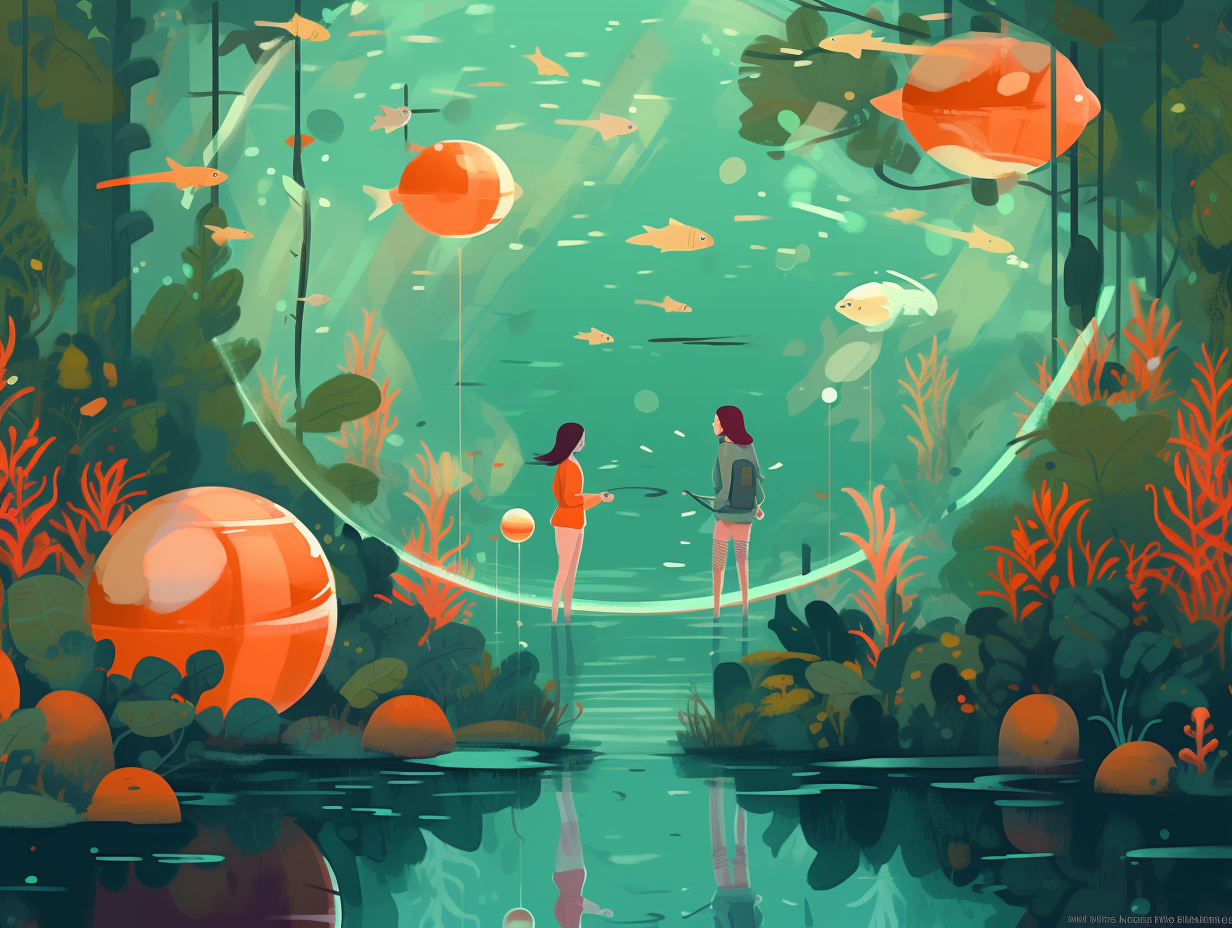
Did you know? A genetically engineered cow in New Zealand produces allergen-free milk, potentially leading to higher calcium levels and cheese yields! Discover more about this unique innovation. 🐄🥛
=> Fun Facts about Biotechnology
3. Glowing Feline HIV Labs
In a purr-fect world, cats would turn into glowing, walking HIV research labs: Scientists have genetically modified cats to resist feline immunodeficiency virus (FIV) by inserting a gene from a rhesus macaque, along with a gene for a fluorescent protein called GFP to help monitor them. These fluorescent felines can help researchers understand and tackle viral infections in both animals and humans, especially those targeting T-cells.
Source => bbc.com
4. Vaccines in Your Spuds
Hold onto your spuds and get ready to split with this news: Genetic engineering now allows vaccines to be grown in edible plants like potatoes and bananas, providing a cheaper and efficient alternative that could revolutionize vaccine distribution in developing countries with limited resources and healthcare access.
Source => ncbi.nlm.nih.gov
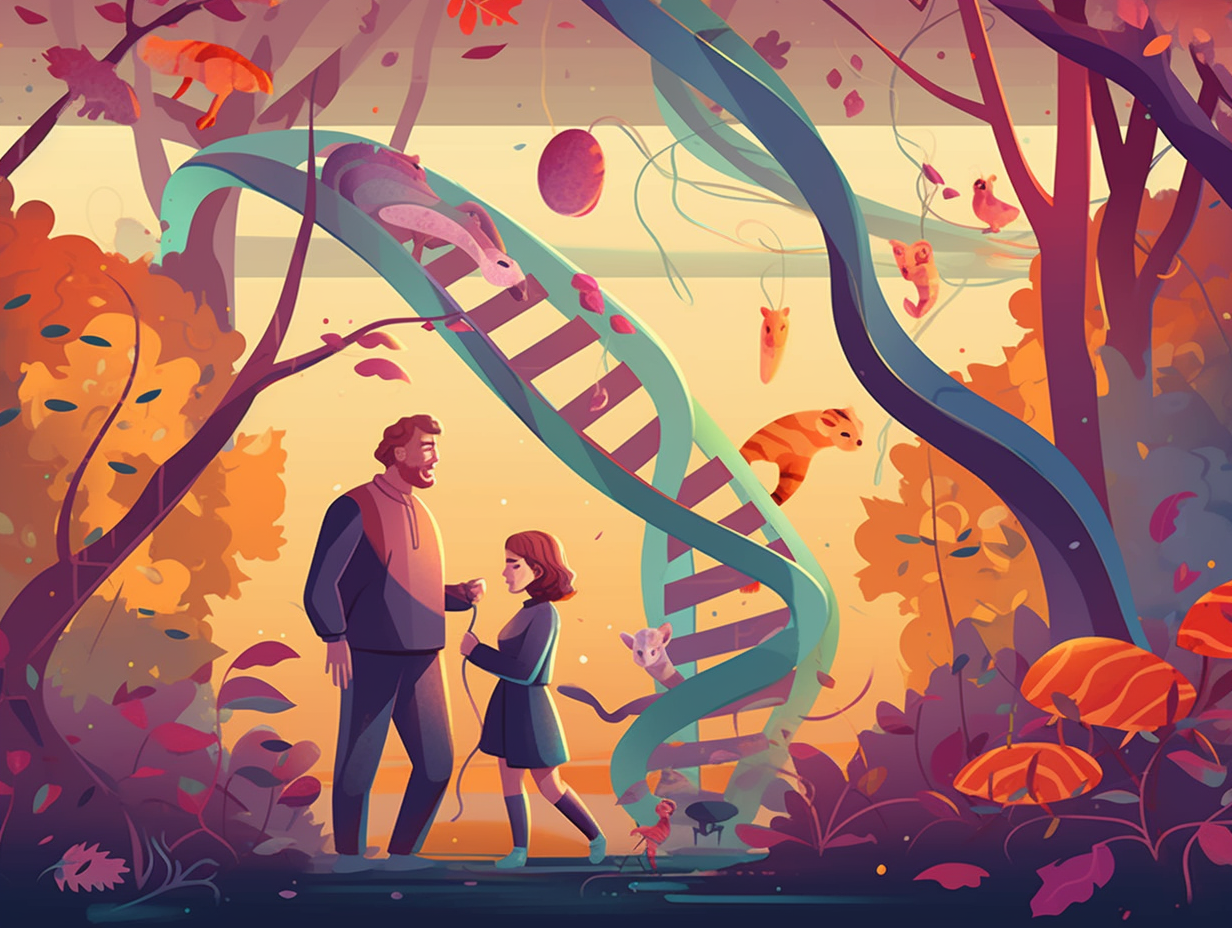
5. Hunger Games' No-GMO Cousin
If the Hunger Games ever had a green-thumbed cousin, it'd be the Svalbard Seed Vault: it stores the world's largest collection of crop seeds, yet maintains a strict no-GMO policy to ensure our future food supply remains diverse and free from the potential downsides of genetic engineering.
Source => croptrust.org
6. The Never-browning Apple
What do you get when you cross an apple with a popsicle? A fruit that refuses to go brown: Arctic apples are genetically engineered to resist browning after being cut, preserving their flavor and nutritional value while potentially reducing food waste caused by unsightly bruising.
Source => sitn.hms.harvard.edu
7. Debunking Genetic Scripts
Contrary to popular belief, human lives don't follow a "genetic script" as if we're all just actors in some molecular melodrama: Your genes might have given you a leg up, but they don't call all the shots! The idea of genetic determinism – where specific traits are strictly "written" in our DNA – is mostly a myth. In fact, our genes interact with our environment in complex ways, and most traits are only mildly to moderately influenced by genetics. So, that sci-fi fantasy of cherry-picking perfect traits for future generations through genetic engineering? Not on the menu, at least for now.
Source => ncbi.nlm.nih.gov
8. Unpeeling the Super-Banana
Going bananas for nutrition: Get ready to peel back the laughter as scientists have engineered a "super-banana" rich in beta-carotene to combat malnutrition and vitamin A deficiency in developing countries – just don't slip on the importance of this story! The serious reveal: Currently in human trials with the support of the Bill and Melinda Gates Foundation, these genetically modified bananas could potentially save 650,000-700,000 children from dying annually due to vitamin A deficiency and restore eyesight in 300,000 others, with plans for cultivation in Africa by 2020.
Source => extremetech.com
9. Choco-pocalypse in Africa
Willy Wonka's worst nightmare is brewing in West Africa, where chocolate's top nemesis has infiltrated cocoa plantations: Scientists, led by plant virologist Judy Brown, are delving into the heart of a virus that wreaks havoc on 70% of the world's cacao trees, revealing multiple new species and scenarios even darker than a 99% cocoa bar.
Source => news.arizona.edu
Related Fun Facts


